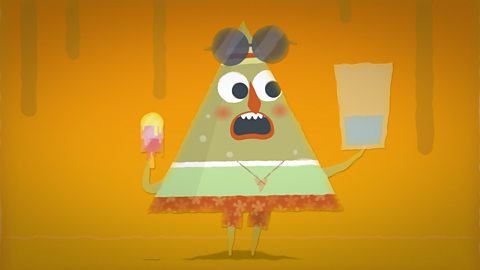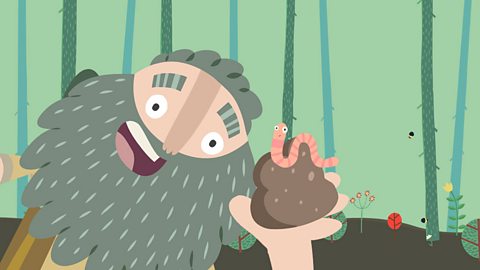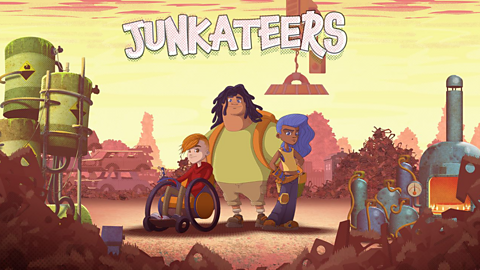Solids, liquids and gases are called the three states of matter.

Examples of solids include ice, wood and sand.
Solids
The properties of solids include:
- Solids stay in one place and can be held.
- Solids keep their shape. They do not flow like liquids.
- Solids always take up the same amount of space. They do not spread out like gases.
- Solids can be cut or shaped.
- Even though they can be poured, sugar, salt and flour are all solids. Each particle of salt, for example, keeps the same shape and volume.

Examples of solids include ice, wood and sand.

Examples of liquids include water, honey and milk.
Liquids
The properties of liquids include:
- Liquids can flow or be poured easily. They are not easy to hold.
- Liquids change their shape depending on the container they are in.
- Even when liquids change their shape, they always take up the same amount of space. Their volume stays the same.

Examples of liquids include water, honey and milk.

Examples of gases include steam, helium and oxygen.
Gases
The properties of gases include:
- Gases are often invisible.
- Gases do not have a fixed shape. They spread out and change their shape and volume to fill up whatever container they are in.
- Gases can be squashed.

Examples of gases include steam, helium and oxygen.
Play Bitesize games
Level up now! Take on the latest primary games on Bitesize.

More on Materials
Find out more by working through a topic
- count6 of 10

- count7 of 10

- count8 of 10

- count9 of 10
